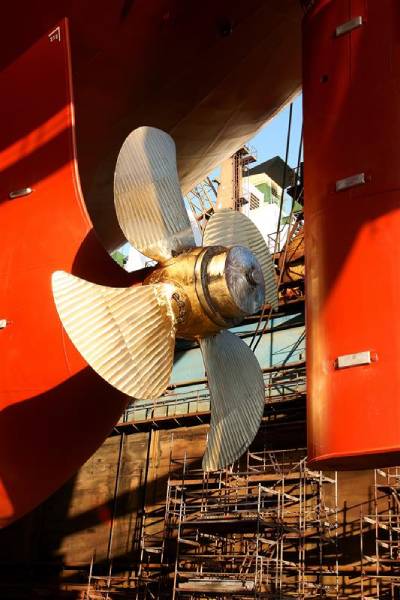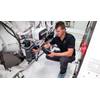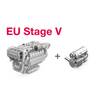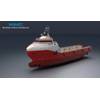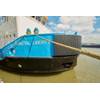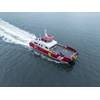IACS Publishes UR on Synthetic Materials in Propeller Shaft Bearings
The International Association of Classification Societies (IACS) has published a new Unified Requirement, UR M85, providing comprehensive technical guidelines for type approval testing of synthetic materials used in aftmost propeller shaft bearings.
Recognized as a critical component of a vessel’s propulsion system, these bearings are essential for long-term operational safety and efficiency.
The new UR M85 establishes a robust framework for type approval testing to address what it says is a vital gap in maritime standards. Key aspects of the UR include:
• Type Approval Testing Requirements: A structured and detailed testing program is mandatory, incorporating a comprehensive description of each product, precise selection of test samples and specific test conditions. This framework ensures alignment with industry standards, providing consistency and clarity for manufacturers.
• Material Properties Compliance: Non-elastomeric and elastomeric materials used in aftmost propeller shaft bearings must satisfy strict property benchmarks, including tensile strength, elongation and metal adhesion. These properties, detailed in associated tables within the UR, are crucial for maintaining structural integrity and performance across various operating conditions.
• Accredited Testing Facilities: Type approval tests must be conducted in ISO/IEC 17025-accredited laboratories. This standardization ensures that material property tests are reliable, accurate and conducted to the highest quality, reinforcing IACS’s commitment to robust rule compliance.
• Wear Testing Procedures: To assess material durability, wear testing must adhere to ASTM G77-17 or equivalent standards, with strict parameters specified for shaft material, lubrication type and testing duration. These guidelines ensure consistent and reliable wear data, reducing variability and supporting predictable product performance.
• Environmental Conditions for Testing: Testing must be conducted under strictly controlled environmental conditions, including regulated temperature, humidity and the use of substitute ocean water. By simulating operational conditions, the UR ensures that materials are thoroughly tested for real-world application and resilience, thereby enhancing overall safety.
IACS invites designers, manufacturers, operators and owners to adopt these requirements into their products and vessels, contributing to a unified approach for safer and more reliable maritime operations.


